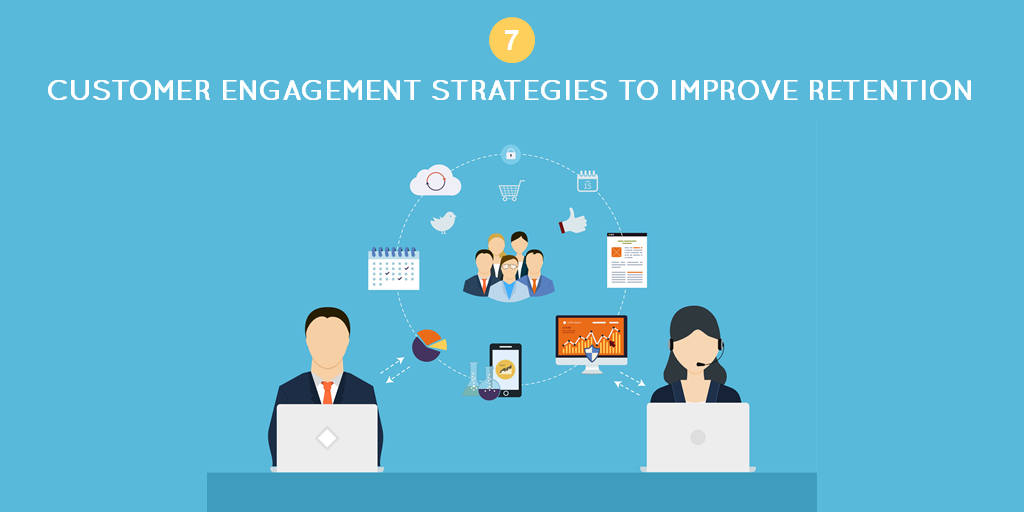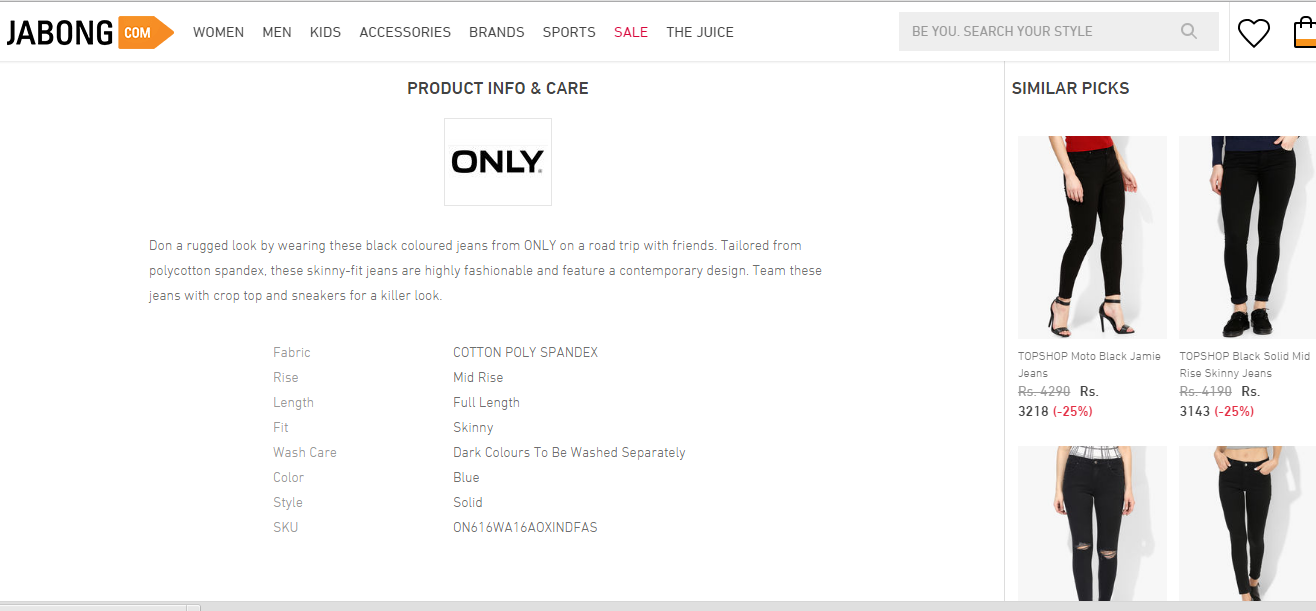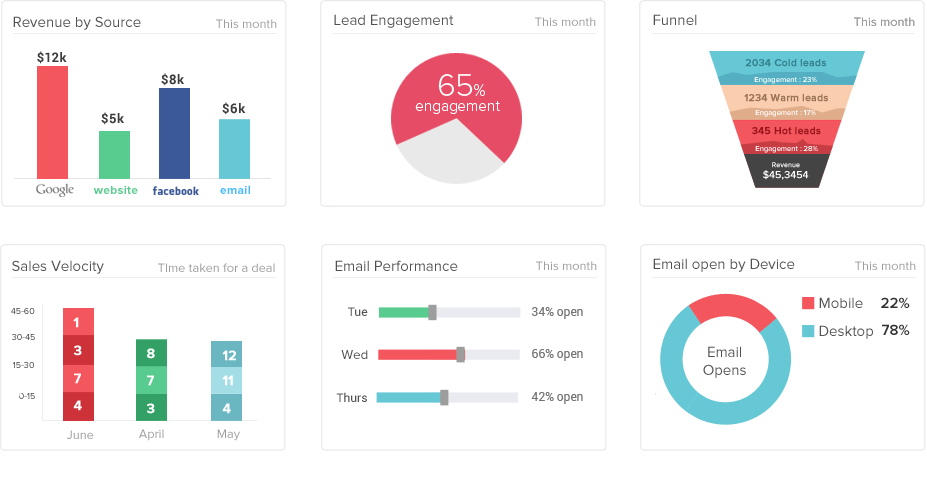 By working with organizations like Tally and handling their strategic alliances and partnerships, one can gather a lot of knowledge. Following that up as the Chief Evangelist at Exotel, Nikhil Kumar has a lot to say about the know-hows of customer engagement. He has worked across platforms ranging from desktop products, SMB products, enterprise products and is now working on an API platform as well. In our last webinar, Nikhil shares with us the seven strategies that has helped him drive customer engagement. He also talks about the trends in the industry with regard to customer engagement as well as the tools that work best.
By working with organizations like Tally and handling their strategic alliances and partnerships, one can gather a lot of knowledge. Following that up as the Chief Evangelist at Exotel, Nikhil Kumar has a lot to say about the know-hows of customer engagement. He has worked across platforms ranging from desktop products, SMB products, enterprise products and is now working on an API platform as well. In our last webinar, Nikhil shares with us the seven strategies that has helped him drive customer engagement. He also talks about the trends in the industry with regard to customer engagement as well as the tools that work best.
Wanna know more, right?
Listen to the webinar recording, right here.

So here are a few of the questions that were asked during the session. It also includes some of the questions that weren’t answered due to lack of time.
- What do you think is the best tool to for customer management when it comes to B2B organizations?
I think LinkedIn Groups work great if you are writing great content. Emails are the old-school and still one of the most effective ways. It eventually boils down to what are you sharing with them, and are you sharing stuff that’s actually relevant to them. Otherwise, it’s all noise.
2. What are the best practices for Customer Engagement that you use at Exotel?
We are a B2B company. We use a bunch of tools for Customer Engagement.
- Tools like Kissmetrics to understand where our users are spending time,
- Heatmap to get data on what part of the content is engaging for them, and
- Getting specific information from Google Analytics, in terms of what he is looking for etc.
- We also use data inside the product by using tools like intercom and so on
We have created a score called MQ score. This is calculated by default and acts as a lead qualification score for our sales team.. When thousands of leads get captured everyday, we use this real time data to ensure that we talk to the right customers and that we don’t miss opportunities and ensure that our sales team is more efficient and that our leads to sales conversion ratio is high.
( Learn more about Lead Engagement Index, here.)
3. Which is the most effective medium for content for B2C companies (tools)?
It depends on what level of B2C engagement you currently do. In- App customer engagement is the best way for B2C content. For example Zomato uses their app to drive more engagement, ultimately making you buy from them. A lot of e-commerce companies do good customer engagement, because they have a lot of good content on their products, right from material to prices to reviews, everything is right there in the product itself.

[Also read: The expert strategy to improve B2C sales]
4. Which campaign manager product do you suggest is best suited for B2B companies?
Depends on what product you are selling and what segment of B2B you are selling to. There is a wide spectrum of small businesses in India. So the right customer engagement channel would be where your customer is seeking information from.
5. How much is analytics important for any customer engagement product and what are the best practices for it?
It’s not about how analytics is important, but more about how you are going to be using this data, and are you collecting the right data. So it is important to spend time experimenting to see if you are getting the right data first and to figure out how to put this data to use. Most times, we end up collecting a lot of data or no data and most of our decisions are intuitively driven. This is not the right way. There are enough number of tools and integrations available that allow you to get meaningful information out of your data. Being Data driven is a given today.

(For getting better sense out of your data , you can try out LeadSquared)
6. While running social media campaigns, do you think one-liners work better or is a complete description necessary?
It depends on what kind of social campaign you are running, and what kind of product/service that you are trying to sell. Once, we at LeadSquared tried to be clever with our campaigns, but were unsuccessful. That’s because our product is a complex one. But, you can try to be clever in case of a simple service/product. Just that what you are trying to sell should be clear, or at least it should catch the attention of the right crowd. We have also done a webinar on social selling, which should give you more ideas.
7. We have a training center at Khandala, which we rent out to corporates for their training sessions/conferences and meetings. Over the years we find that repeat usage by the client is minimal. How do you suggest we tackle this instead of looking for new customers every day?
In my opinion, you need to keep engaged with your clients even after a particular engagement is over. Not by spamming, but by sharing info they would actually be interested in. The very first thing, you can do it seek feedback after a particular engagement is over – it’ll serve 2 purposes – it will engage your clients and it will tell you where are the chances of improvement. Then, periodic customer engagement emails would further engage them, and help you stay on top of their minds, when they have another training session.
8. Which tools can be useful to improve SEO for websites?
If you are using WordPress, Yoast is a good free plugin to optimize SEO.
9. What do you consider is the ideal duration for a video on YouTube?
If it’s an explainer video, 2 mins would be optimal. However, fun videos, or videos that share knowledge can be longer. This post talks about viral video marketing tips.
10. Can Medium be used to engage with customers visiting our blog? For instance, can we offer exit intent pop up on our blog page, if we use Medium?
Medium is a blogging platform itself that can be used to increase customer engagement. If you want to use an exit intent tool, BuzzSumo is a great one. AddThis is another that we at LeadSquared use.
11. How can we use blogs to engage customers?
The main part of this would be tracking what kind of content is actually being read and appreciated by your customers. For instance, looking at all the support tickets, and finding trends on what topic is being enquired about the most. Then you can go ahead create a help article around that, and send it to people accordingly. It’s a mix of tracking + sending relevant content to people based on their interests
12. Do you think that in the case of B2C, we need to design a strategy as per the availability of customers on different platforms mentioned in the Content title?
That’s the case with any industry. You go where your customers are. If you know for sure, your audience is not on Twitter, it would be a waste to spend any time on Twitter. Instead, you need to spend that time on the other relevant platforms instead.






